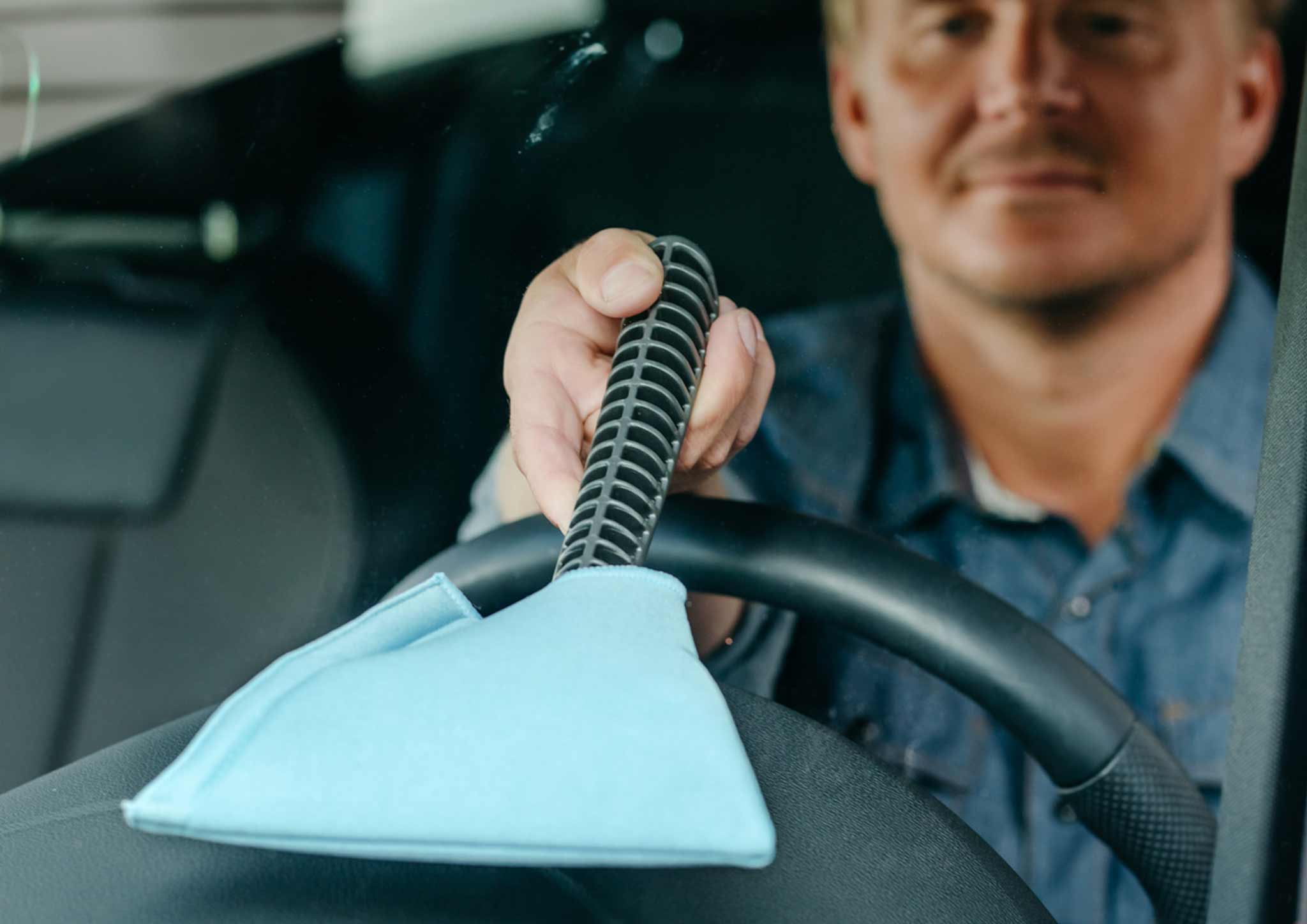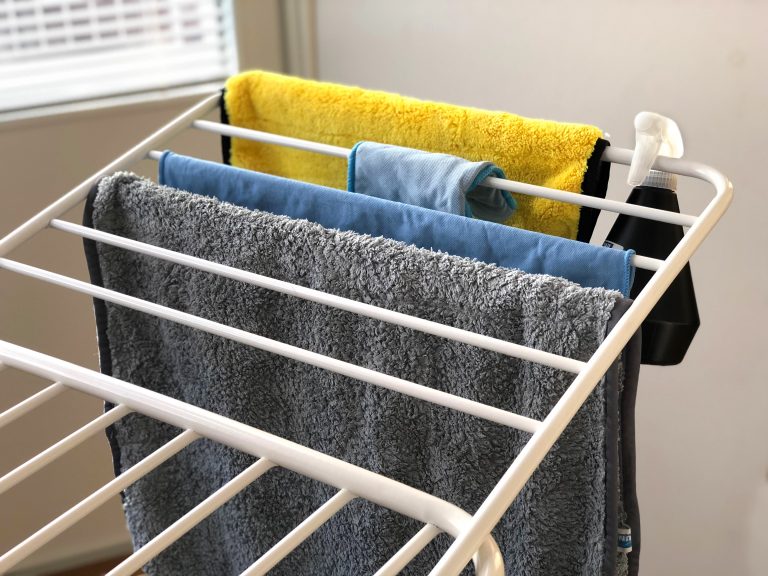
Cleaning the inside of the windscreen – for your eyes only
All drivers should stop every now and then to ask themselves if their windscreen is clean. The windscreen represents your most important connection to the road and other road users and its cleanliness and condition define your ability to react in time while on the road.
You should put extra effort into cleaning the inside of the windscreen especially in the spring, as the internal fans have been blowing onto the windscreen for practically the entire winter, leaving the windscreen dusty and dirty.
There are no shortcuts for cleaning the inside of the windscreen, but the right tools will make the job fairly easy. Cleaning the inside of the windscreen might seem like a lot of work because in most cars it is really difficult to reach the very furthest part between the windscreen and the dashboard. Luckily, tools have been developed to make the reaching easier.
Start from the clothes line
Remember that dirty tools will only spread dirt or possibly even bring more of it to the surface that you are cleaning! Only clean equipment can remove dirt from the windscreen. So, start cleaning the windscreen either from the clothes line or from the store.
For good results, you will need one piece of equipment for washing and another for finishing. Microfibre is the most convenient material. There are many options of tools to use, but try these: microfibre cloth, window cleaner, spray bottle and dashboard cloth.

Washing and polishing
Usually, cleaning the inside of the windscreen will require no detergent as microfibre and water already make for quite an effective combination. Get the window cloth damp with a spray bottle. Use only little water. The cloth is not supposed to be dripping with water. Use the cloth for prewashing the windscreen, meaning going through the entire windscreen with the damp cloth. At this point, it does not matter what kind of movements you use or in which direction you wipe with the cloth. The idea is simply to have the cloth collect as much dirt and dust as possible. After the first wiping, there will likely be a grey film on the windscreen. Check the cloth. If there is any dirt on it, the cleaning was much needed.
Next, use a clean Kungs window cleaner – either completely dry or slightly moistened. You can use the pad of the window cleaner to polish the entire windscreen clean. If you have done the job right, the window cleaner will no longer collect almost any dirt or water. However, this second phase is very necessary because the prewash will leave water stains on the window that you are sure to see once sun shines through the windscreen, if not before.
Clean the dashboard at the same time
Once you are already cleaning the car, wipe down the dashboard and the inside mirrors. Once moistened, the window cloth can be used for the instruments, sun visor mirrors, the rearview mirror as well as a navigator or a multi-functional display, if the car has one. You can get the dashboard dust-free even with a window cloth that has already been used once, but try our dashboard cloth and save the window cloth for the rest of the windows.

Other windows and finishing up
Always start cleaning the inside of the windows from the windscreen because it is the most important part to get clean. Usually, the windscreen will also get the most dirty because the fans are directed at it and someone might even sneeze towards it.
You should also clean the other windows in the car. The backseat passengers might have left quite a few fingerprints on the windows…You can likely clean all the windows of a car with a single cloth and window washer. However, if your tools are getting too dirty and it feels like a trip to the washing machine is needed, you can still congratulate yourself. Good job – you got a lot of the interior of the car cleaned already!
Never forget: put all the cleaning equipment into the washer right away! This way they are ready for the next cleaning. If you store your window washing equipment in the garage, where there might be oily containers, remember to store the washing equipment separately, for example in a clean plastic bag.
